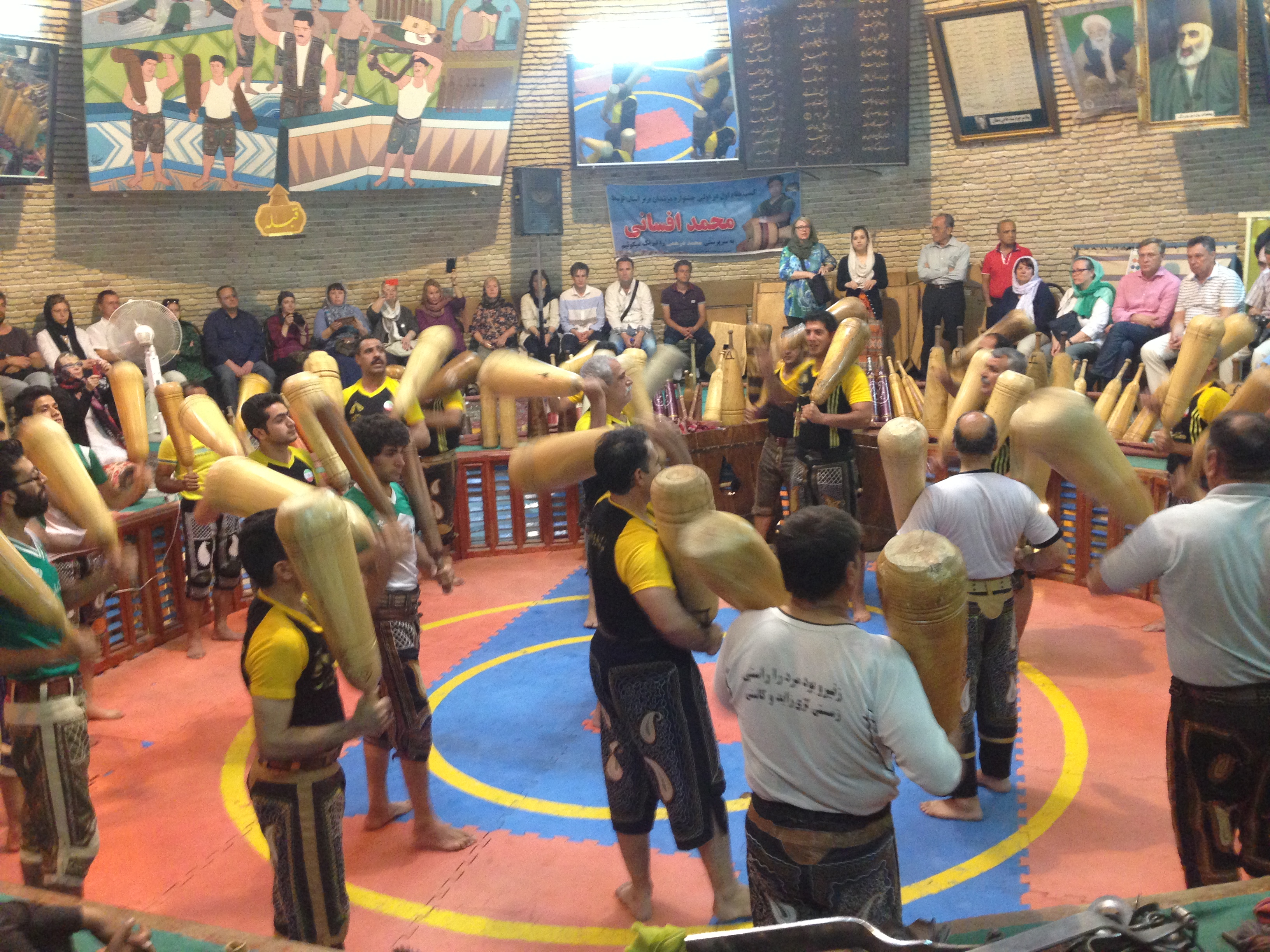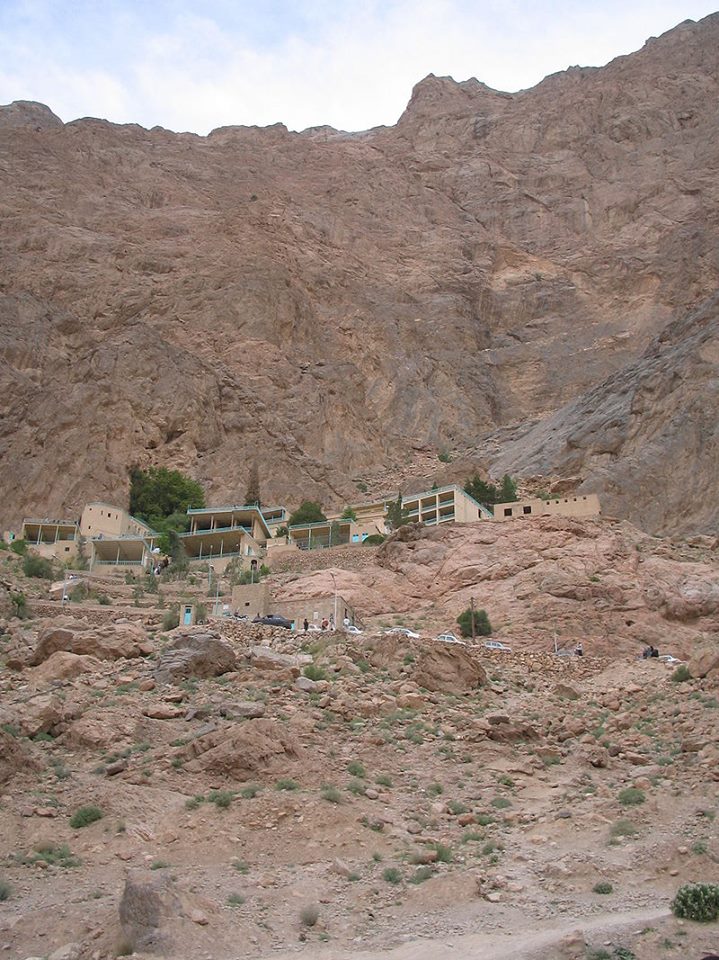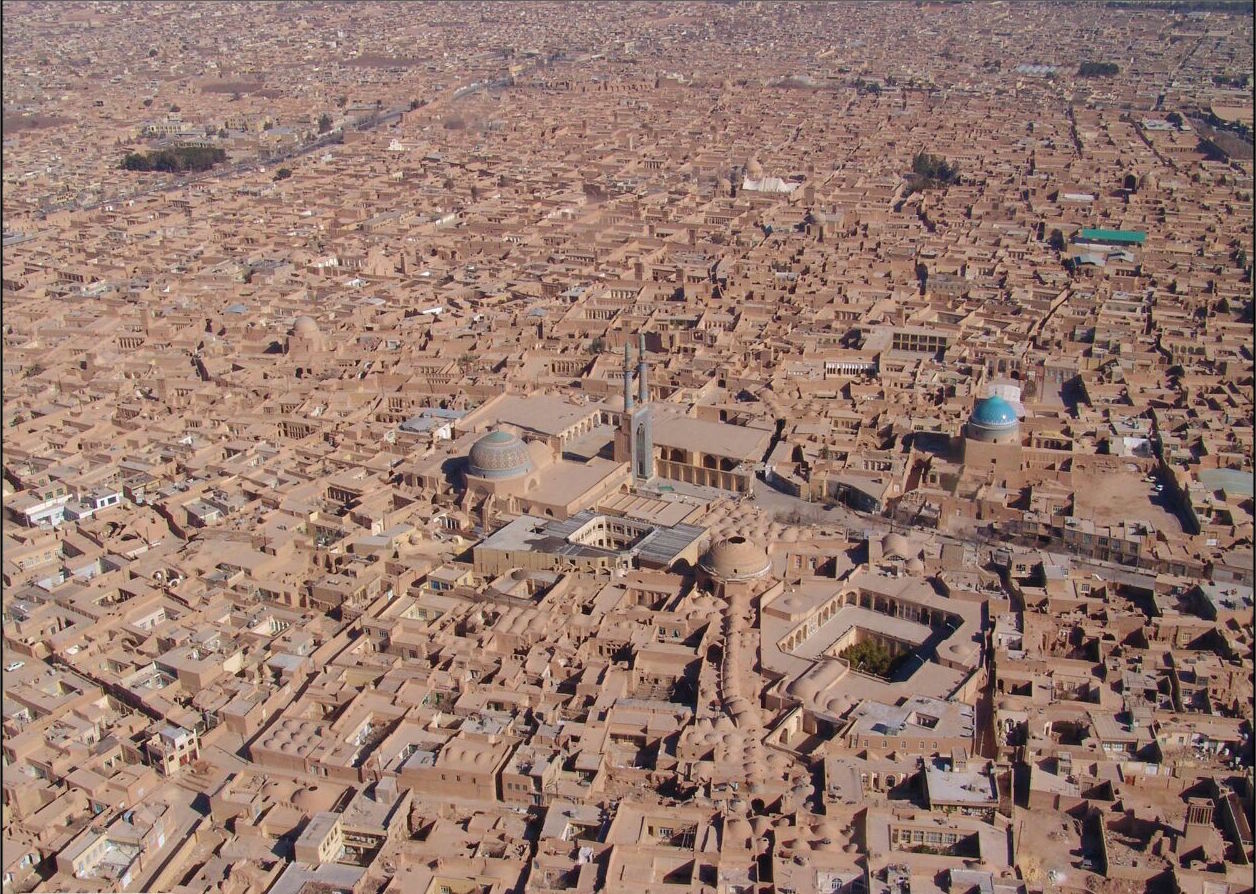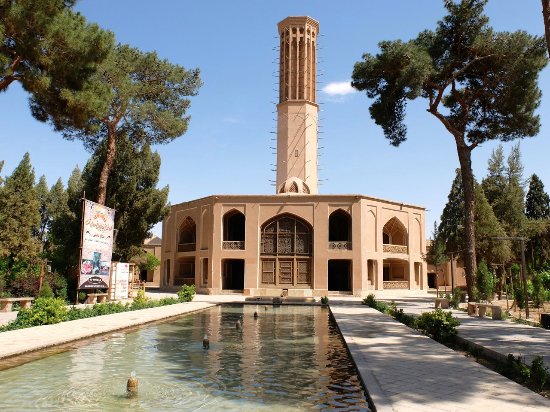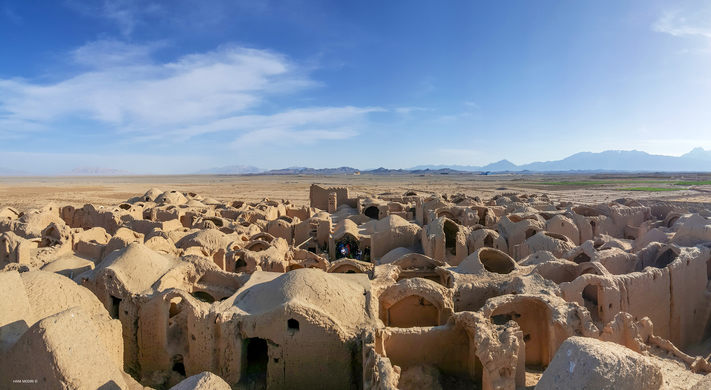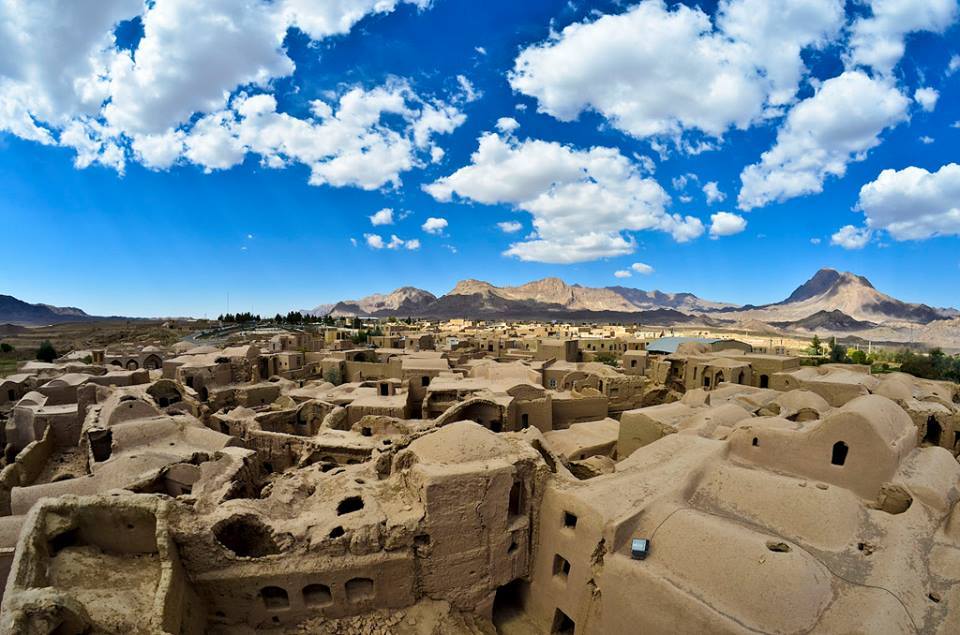YAZD TRAVEL GUIDE
Things to Do in Yazd– Activities & Attractions
—————————Ο————————
Yazd, one of the oldest mud-brick cities in Iran, is the centre for Iran’s small Zoroastrian community, who first established a settlement there to shelter from the invading Arabs. Having escaped destruction from Genghis Khan, it blossomed into a trade centre in the 14th and 15th centuries, producing silk, textiles and carpets. Named after Yazdegerd I, a Sassanid ruler, the city’s modern-day inhabitants are known as peaceful, hardworking and family-oriented people. Its skyline is famous for wind badgirs, an energy-efficient form of air conditioning that makes use of any little wind to cool building interiors.
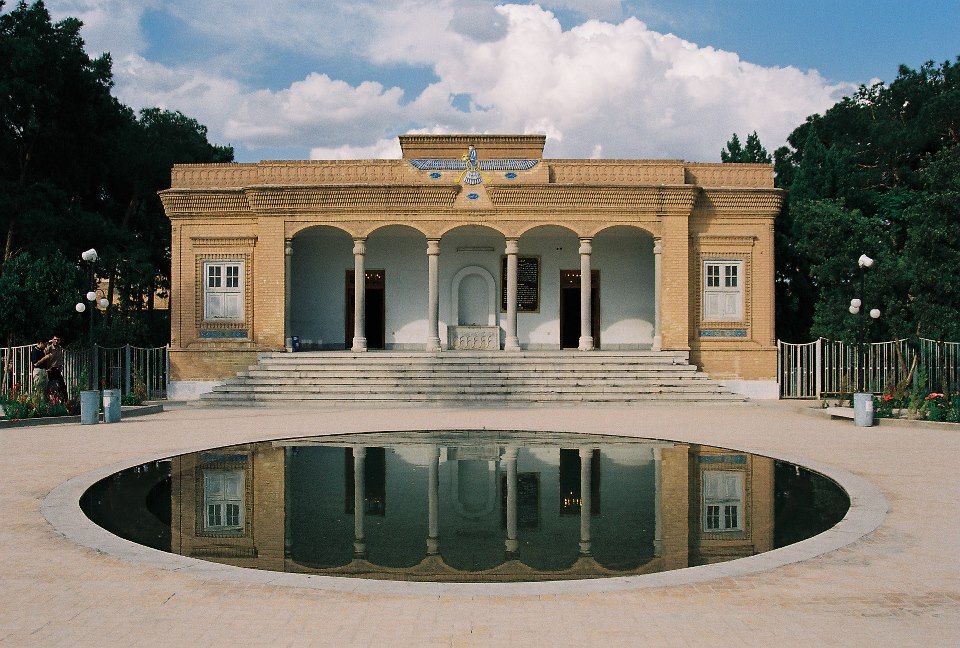 Yazd’s Zoroastrian Fire Temple is also known as ‘Ateshkadeh’, which means ‘Eternal Sacred Flame’. It houses an active fire that has burned for about 1,500 years. It was first moved to Yazd in 1174 and to its present site in 1940.
Yazd’s Zoroastrian Fire Temple is also known as ‘Ateshkadeh’, which means ‘Eternal Sacred Flame’. It houses an active fire that has burned for about 1,500 years. It was first moved to Yazd in 1174 and to its present site in 1940.
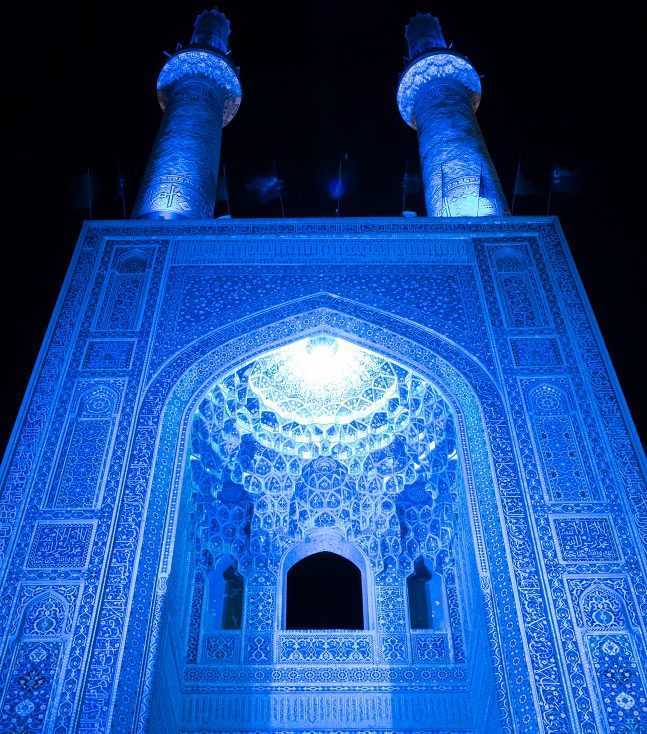 Yazd’s Jameh Mosque (Friday mosque) is arguably the city’s greatest architectural landmark. It dates back to the 15th century and was built on the site of an older mosque, which was most likely built on the site of an even older Fire Temple. Flanked by two 48-metre-high minarets, it boasts a 15th- century inscription and has one of the tallest tiled entrance portals in Iran. The best mosaics can be seen on the dome and mihrab.
Yazd’s Jameh Mosque (Friday mosque) is arguably the city’s greatest architectural landmark. It dates back to the 15th century and was built on the site of an older mosque, which was most likely built on the site of an even older Fire Temple. Flanked by two 48-metre-high minarets, it boasts a 15th- century inscription and has one of the tallest tiled entrance portals in Iran. The best mosaics can be seen on the dome and mihrab.
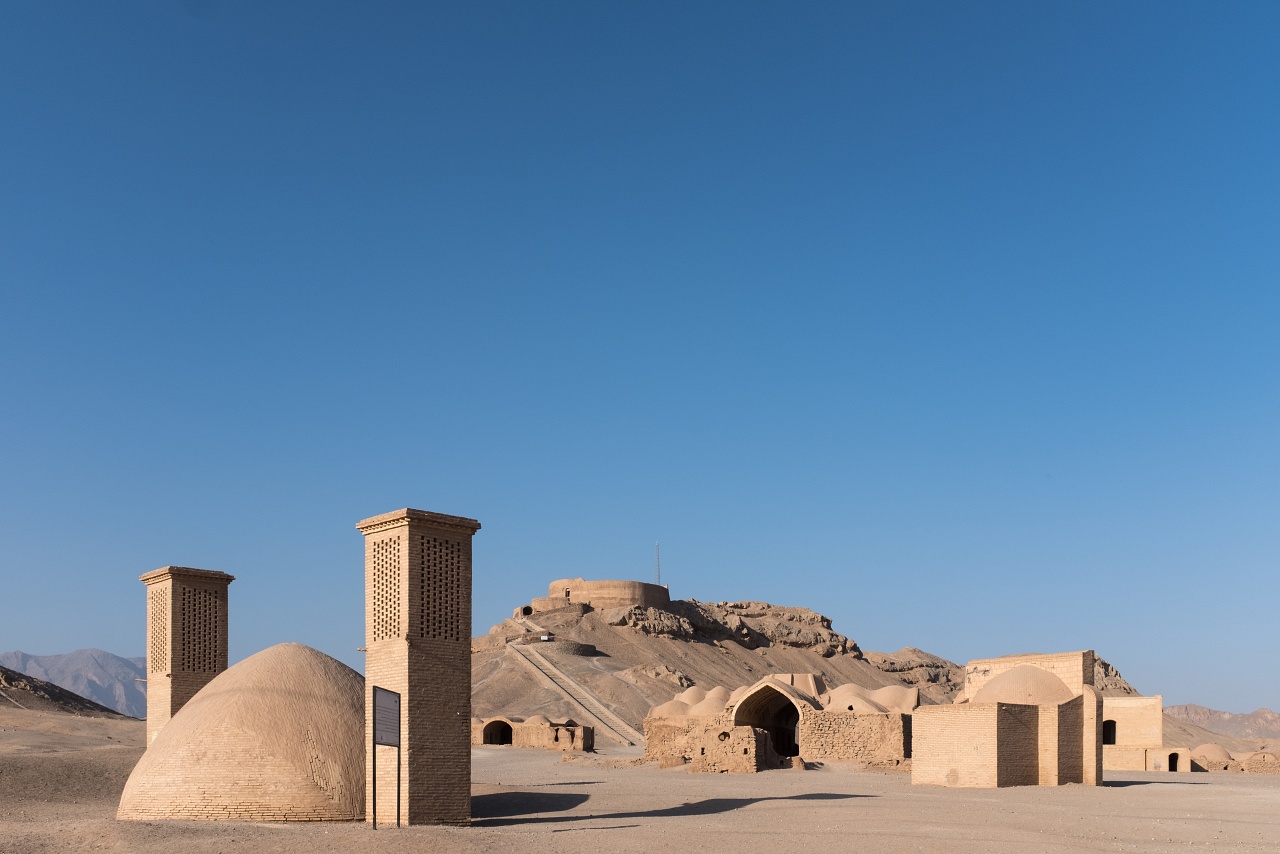 The Zoroastrian Towers of Silence are an eerie set of flat topped buildings from which the bodies of the dead were placed, to prevent the body from being contaminated by demons – the belief was that by exposing the body to the elements and vultures, the body would be purified. The bodies were arranged in 3 concentric circles – the inner most for children, the middle for women and the outer circle for men. Once the bones had been bleached, they were placed in ossuaries either inside or near the towers – some of which date from the 4th and 5th century. The towers were used up until as recently as the 1970’s.
The Zoroastrian Towers of Silence are an eerie set of flat topped buildings from which the bodies of the dead were placed, to prevent the body from being contaminated by demons – the belief was that by exposing the body to the elements and vultures, the body would be purified. The bodies were arranged in 3 concentric circles – the inner most for children, the middle for women and the outer circle for men. Once the bones had been bleached, they were placed in ossuaries either inside or near the towers – some of which date from the 4th and 5th century. The towers were used up until as recently as the 1970’s.
Yazd’s architectural centrepiece, the Amir Chakhmaq complex is located in the heart of the city, in a square of the same name. The imposing three-storey façade flaunts a number of beautifully symmetrical iwans, which light up and glow after sunset. It is one of the largest hosseiniehs in the country (buildings used in the commemorative ceremonies for Imam Hossein’s death), and dates back to the 15th century, although it has undergone numerous renovations. The surrounding square has a number of good sweet and ice cream shops.
This popular Zurkhaneh (which literally translates to House of Strength) resides in a historic building on the northern side of Amir Chakhmaq Square. Often open to tourists, not only can you observe practitioners of this curious dancing-cum-weightlifting activity that is steeped in Shi’ite mysticism, but also investigate the 15th-century water tank housed beneath the building, and experience the cooling effects of Yazdi badgirs (wind-catchers) first-hand.
Out in the desert, about 70 kilometres from Yazd, is Iran’s most important Zoroastrian pilgrimage site, Chak Chak. A tiny cliff-side village, according to legend the rock face opened up and offered refuge to Nikbanu, the daughter of the last pre-Islamic ruler, from the encroaching Arab invaders. The temple of Chak Chak, which is the Persian for ‘drip drip,’ contains an ever-dripping spring, said to be the mountain weeping in remembrance of Princess Nikbanu.
The well-preserved, still inhabited Old Town in Yazd, with its warren-like streets and intriguing nooks and crannies, is a delight to get lost in whilst on an afternoon stroll. The yellow-brown of the mud-brick buildings demonstrate just how dry this city is, and the badgirs which poke out periodically are a scenic reminder of the ingenuity of Yazd’s traditional architecture. Look out for rooftop access for some unforgettable views, but remember to respect the privacy of the local residents.
With an abundance of fountains, cypress trees, and pomegranates, the Bagh-e Dowlatabad can be said to capture the quintessence of the Persian garden. The 18th-century residence offers an abundance of shade and some beautiful buildings, attracting tourists all year round. The 33-metre central badgir, as well as the kaleidoscopic array of stained-glass windows, make for a magically idiosyncratic aesthetic, the likes of which you won’t find elsewhere or soon forget.
Under-appreciated as a tourist destination, the fortress ruins in the nearby village of Saryazd merit the 45 minute trip from Yazd. The Sassanian-era defensive structure, which is double-walled and three-storeyed in parts, is remarkably well preserved. Developed by the Safavids, the fortress is crumbling in some areas, nevertheless, after a couple of hours here, it’s not hard to see why Yazd has been so historically unconquerable. You will need to find the caretaker to unlock the entrance.
No day trip around Yazd province is complete without an excursion to the centuries-old village of Kharanaq. Reportedly inhabited for over 1000 years, the mud brick village is practically deserted these days, but you’ll see a few farmers still pottering around. Indescribably picturesque, visitors are free to explore the abandoned remains; highlights include a Qajar-era mosque and an ancient aqueduct in the valley below.


